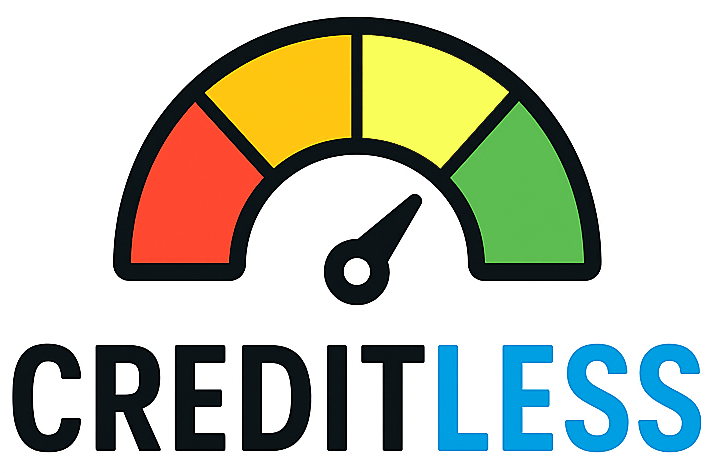Introduction: Your Starter Card Did Its Job — Now What?
Starter credit products — secured cards, student cards and other no-frills options — exist to help you establish or rebuild credit. At some point you’ll want better perks, a higher limit, or the freedom to free up the deposit you tied up on a secured card. This guide explains the common signs that your starter card has served its purpose and how to upgrade thoughtfully so you keep improving your credit, not undoing your progress.
Most issuers evaluate accounts after several months of responsible use; eligibility and timing vary by bank and by product. Start by looking for sustained on-time payments, improved credit metrics and explicit issuer upgrade paths explained below.
Key Signs You’re Ready to Upgrade
Watch for these concrete indicators — when several apply, you’re likely ready to pursue an upgrade or a new unsecured card.
- Consistent on-time payments for 6+ months. Many issuers require several months of solid payment history before reviewing accounts for graduation.
- Lowered utilization (ideally under ~30%). Using only a small share of your limit shows lenders you can manage credit responsibly and often improves upgrade chances.
- Noticeable score improvement. If your credit score has moved up meaningfully since you opened the starter card, you may qualify for unsecured products with better rewards and terms.
- Your issuer publicly lists a graduation path. Some cards (for example, Discover’s secured card) begin automatic reviews after a defined time — Discover starts reviews at about seven months and will return your deposit if you qualify.
- Issuer-specific timeframes match your account age. Time-to-upgrade varies by bank (examples: some Capital One secured products may be reviewed at ~6 months; some issuers like Citi may take up to ~18 months). If your issuer publishes a policy, use that as your timeline.
When these signals line up, you have options: request an internal upgrade/graduation, apply for a different unsecured card, or keep the starter card open and add a second card carefully to preserve your credit history.
How to Upgrade Responsibly (Step-by-Step)
Upgrading is more than swapping cards — it’s about timing and protecting the credit gains you’ve already earned. Follow these steps:
- Confirm your issuer’s policy. Check the card issuer’s website or call customer service to learn if they do automatic reviews, how long they typically wait, and whether an upgrade triggers a hard pull or returns your deposit. Some issuers perform automatic monthly reviews after a set period; others require you to request a review.
- Verify the credit impact. Ask if the upgrade will keep the same account number and history (most graduations keep your account open and preserve age of account, which is usually better for your score). If you apply for a new unsecured card instead, know whether the issuer will perform a hard inquiry.
- Keep utilization low during the transition. A higher available limit after an upgrade can help usage percentage — but avoid charging more just because your limit increases. Maintain low utilization on all cards to support score gains.
- Plan for the deposit refund. If you’re on a secured card with a refundable deposit, understand the refund timing and whether it’s returned as a statement credit or a mailed check. Issuers vary in processing times.
If your issuer won’t upgrade you yet, you can still apply for an unsecured card elsewhere; if approved, consider leaving the starter account open (with a zero balance) to preserve credit history length unless the issuer requires closure.
Checklist: Ready-to-Upgrade Quick Test & Next Steps
Use this short checklist before you act. If you answer “yes” to most items, begin the upgrade process.
- Have I made on-time payments for at least 6 consecutive months? (Yes / No)
- Has my credit score increased since I opened the starter card? (Yes / No)
- Is my revolving utilization consistently below ~30%? (Yes / No)
- Does my issuer advertise a graduation path or automatic review? (Yes / No)
- Have I checked whether an upgrade triggers a hard credit inquiry? (Yes / No)
Next steps:
- Log into your issuer portal or call customer service to ask about upgrade eligibility and timing.
- Monitor your credit reports and scores for improvements and inaccuracies — many issuers consider your full credit behavior, not just the starter account.
- If an internal upgrade isn’t available, compare unsecured starter-friendly cards and apply only when your score and utilization look favorable to avoid unnecessary denials or hard pulls.
- After upgrading, keep one of your older accounts open where practical to preserve the average age of accounts — that helps long-term scoring.
Upgrading is a milestone: do it deliberately and you’ll unlock better rewards and more credit flexibility while protecting the progress you worked to build.
